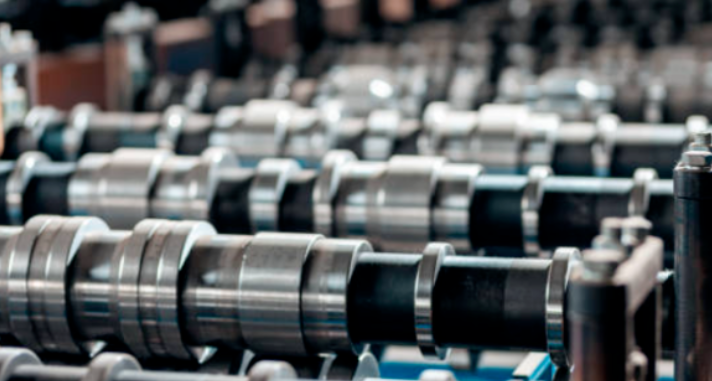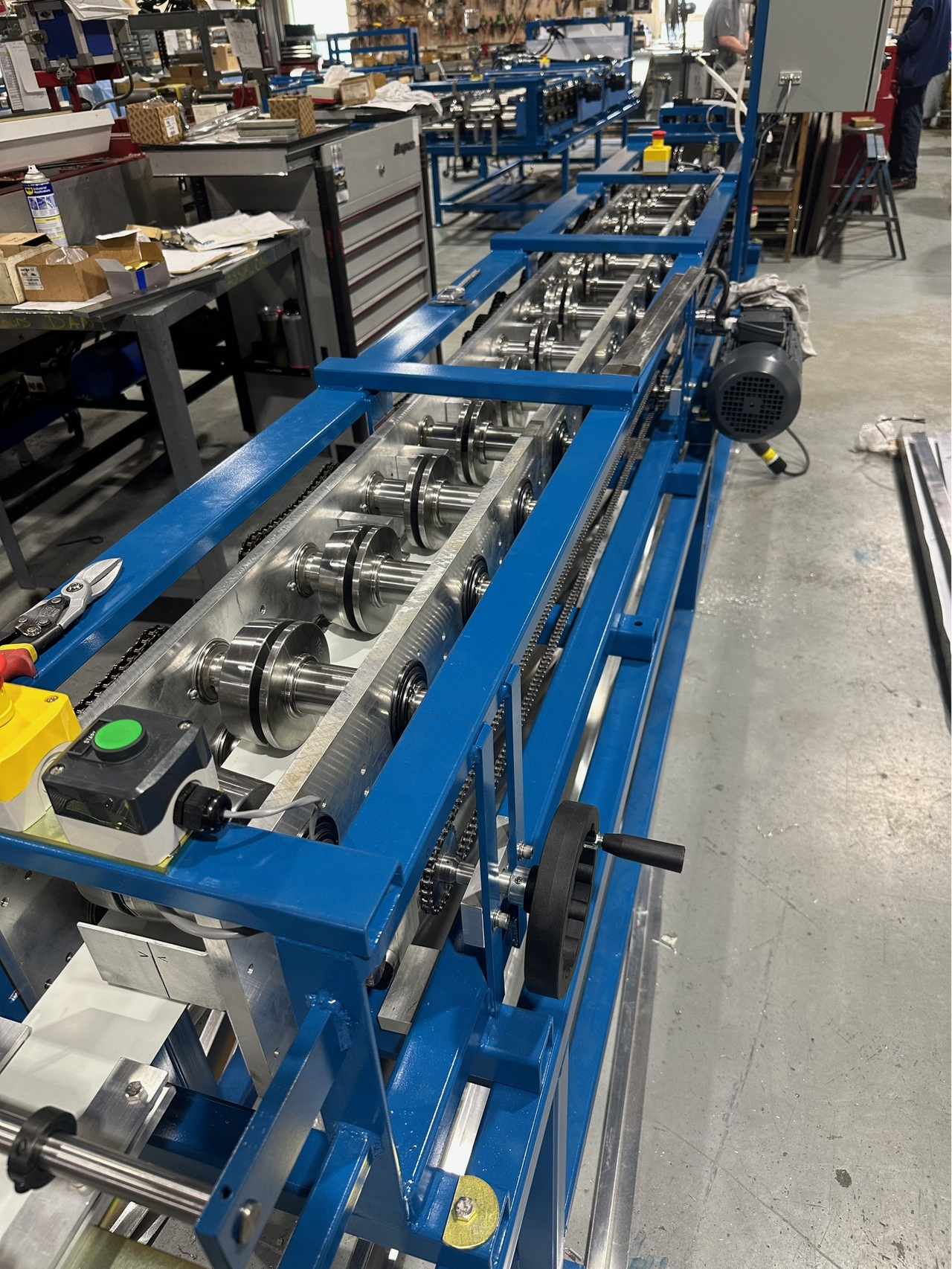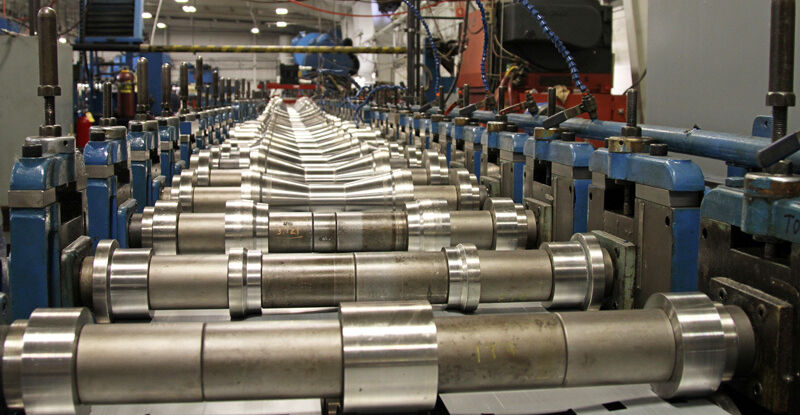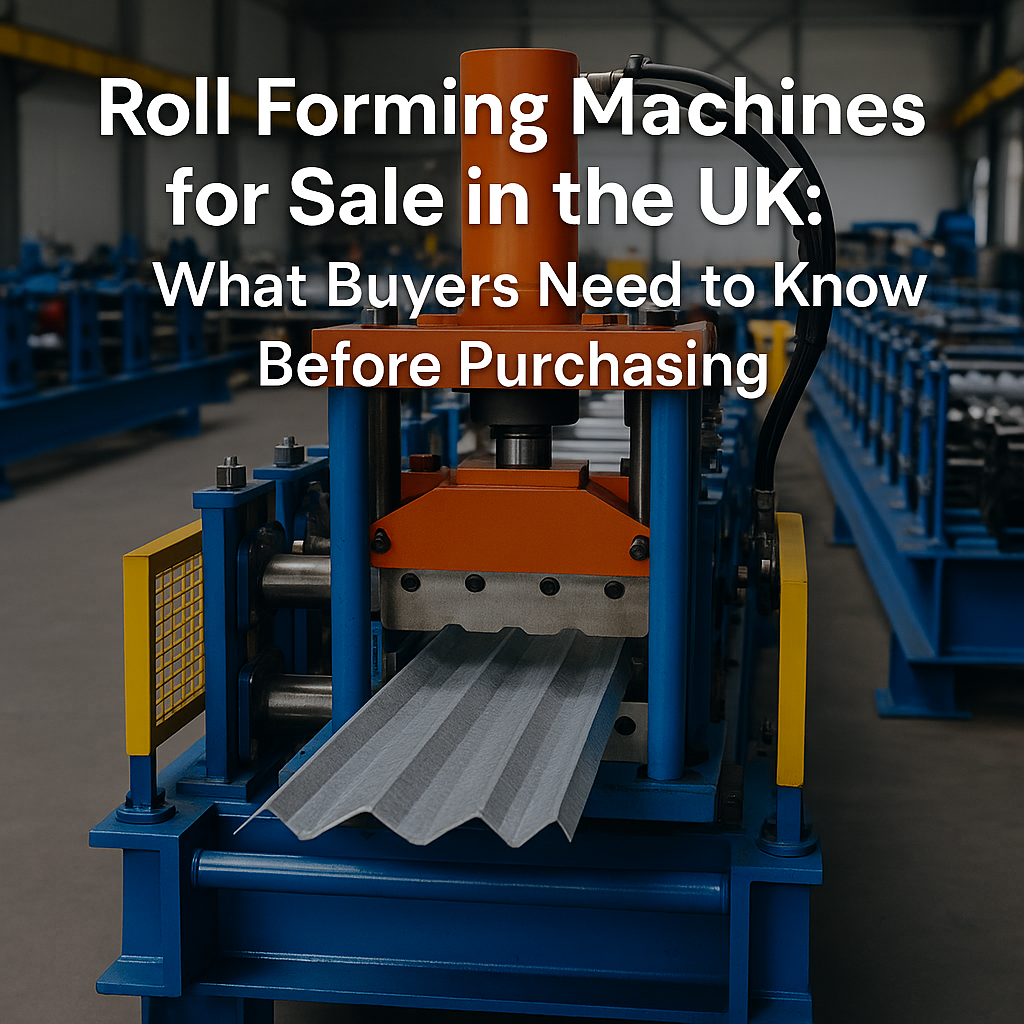
Posted on Friday, October 4, 2024
In the ever-evolving world of manufacturing, roll forming remains a critical process for shaping metal into consistent, high-quality components. At the heart of this process lies roll forming tooling, which plays a pivotal role in determining the efficiency, precision, and durability of the final product. As industries demand faster production speeds, increased flexibility, and more sustainable solutions, innovations in roll forming tooling have kept pace, offering manufacturers new ways to optimize their operations. In this article, we’ll take a deep dive into the latest developments in roll forming tooling, from advanced materials to high-speed innovations.
One of the most significant areas of innovation in roll forming tooling is the use of advanced materials. Traditional tools made from standard steels have limitations when it comes to wear and tear, especially in high-volume production environments. Recent advancements in tooling materials have focused on creating longer-lasting, more resilient tools.
In the push for greater flexibility, adjustable tooling has emerged as a game changer. Manufacturers are now demanding tooling systems that allow them to produce multiple profiles or make quick adjustments without stopping production.
As industries push for faster production speeds to meet growing demand, roll forming tooling has evolved to keep pace. The challenge is maintaining precision at high speeds, and recent innovations in tooling have addressed this need head-on.
As industries like aerospace and automotive increasingly turn to lightweight metals for better fuel efficiency and performance, roll forming tooling has adapted to meet the specific challenges of forming these materials.
In today’s manufacturing landscape, sustainability is more than just a buzzword—it’s a critical business strategy. Innovations in roll forming tooling have not only focused on improving performance but also on making the process more environmentally friendly.
The world of roll forming tooling is evolving rapidly, with innovations that make the process faster, more precise, and more sustainable. From advanced materials like high-strength steels and ceramic coatings to adjustable tooling systems that offer greater flexibility, roll forming tooling is now better equipped than ever to meet the demands of modern manufacturing. Whether it's producing high volumes at speed, handling lightweight metals, or supporting more sustainable production methods, these tooling innovations are transforming the roll forming industry and positioning manufacturers to stay competitive in the years to come.
As the industry continues to evolve, keeping an eye on these innovations will be key for manufacturers looking to improve their efficiency, reduce costs, and stay ahead of market trends. With roll forming tooling at the forefront of these advancements, the future of metal forming looks brighter than ever.

Most Popular Roll Forming Machines in the United Kingdom
Posted on Thursday, December 11, 2025
This blog breaks down the five most in-demand roll forming machines in the UK

Can I Finance a Roll Forming Machine?
Posted on Thursday, December 11, 2025
Financing a roll forming machine is easier than most buyers think. Here’s how leases, loans, and payment plans make production affordable.

Roll Forming Machines for Sale in the UK: What Buyers Need to Know Before Purchasing
Posted on Thursday, December 11, 2025
This complete guide explains everything UK buyers must know before purchasing, including machine types, voltage requirements, CE/UKCA compliance

Roll Forming Machines for Sale in the USA: What Buyers Need to Know Before Purchasing
Posted on Wednesday, December 10, 2025
This guide explains everything U.S. buyers need to know before purchasing a roll forming machine, including machine types, pricing, voltage
Copyright 2025 © Machine Matcher.